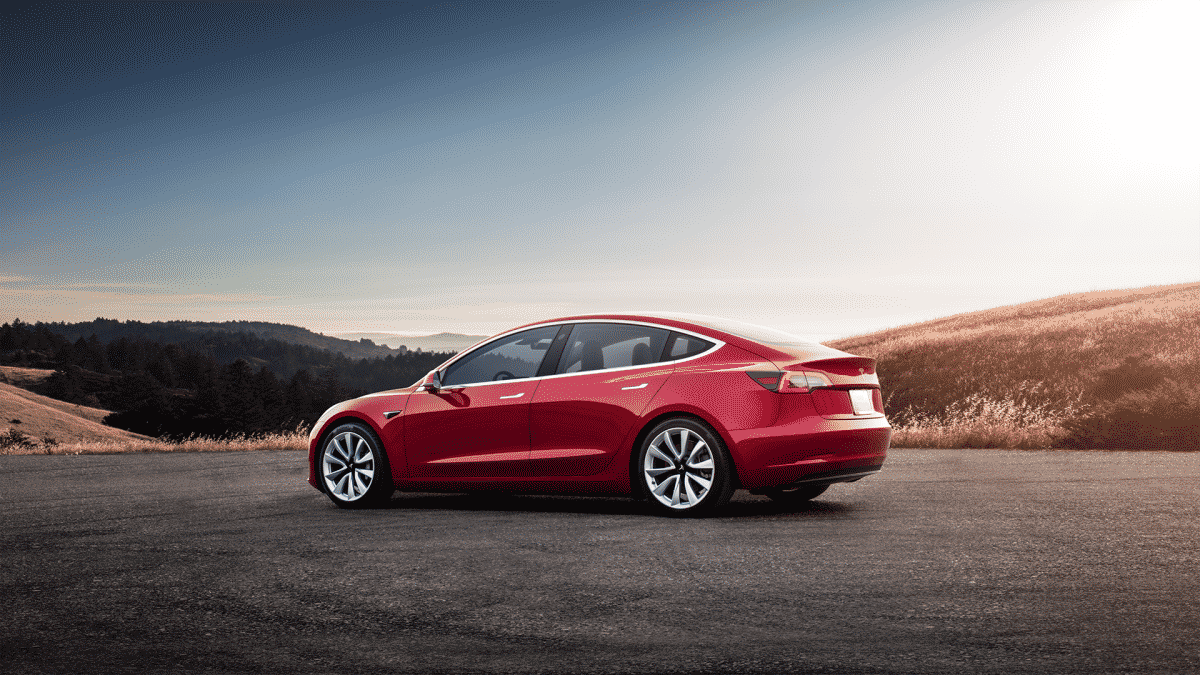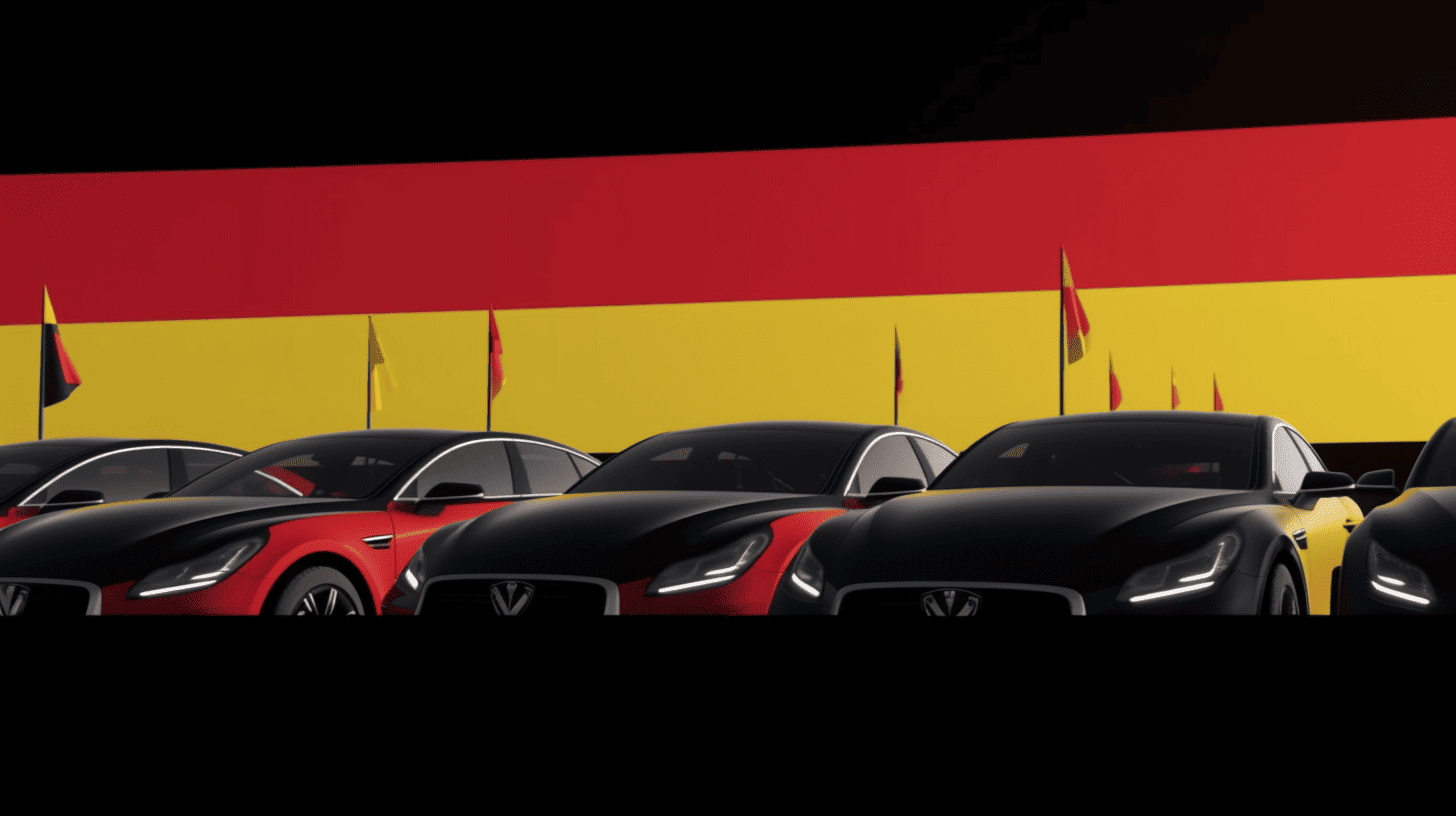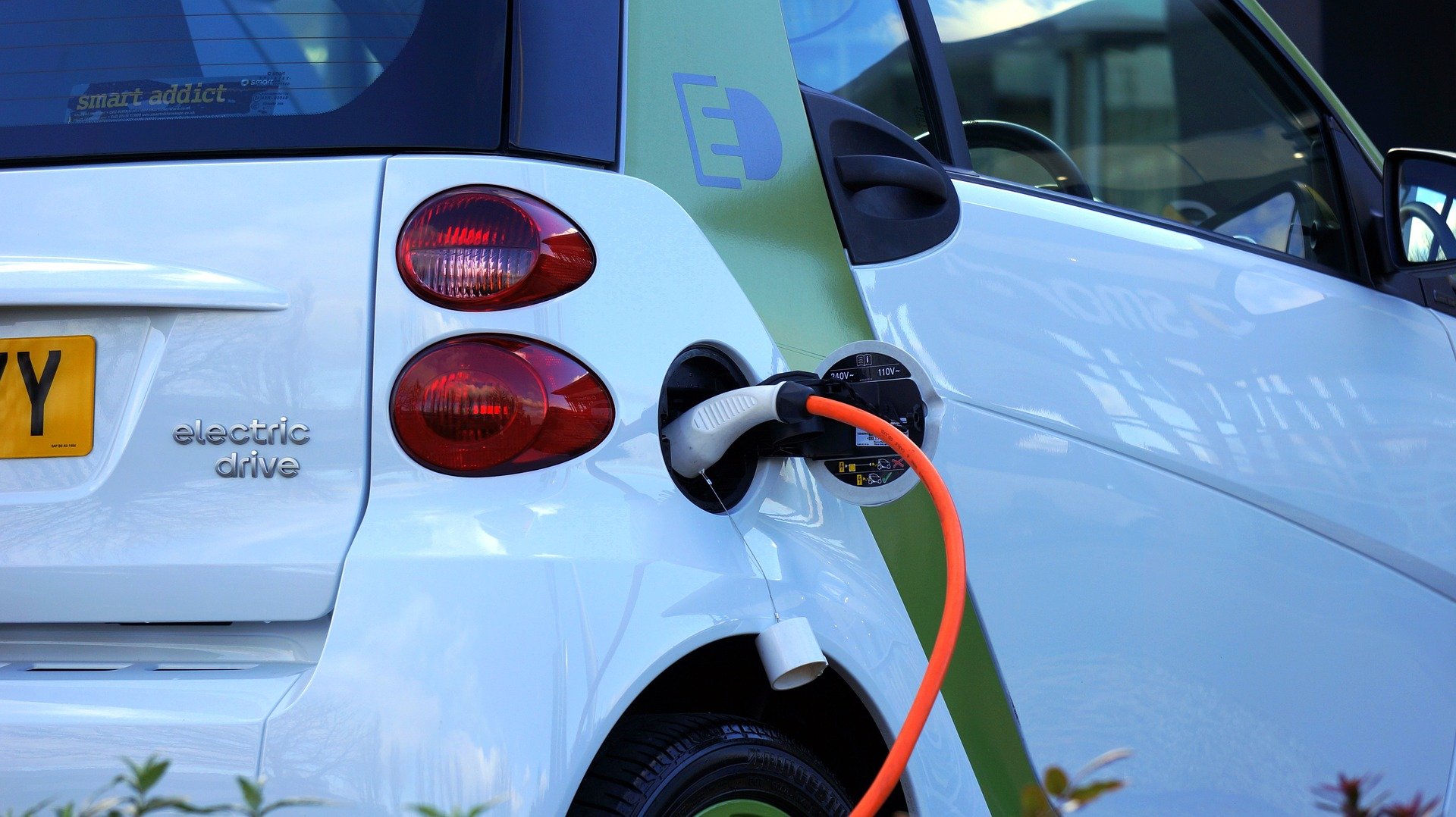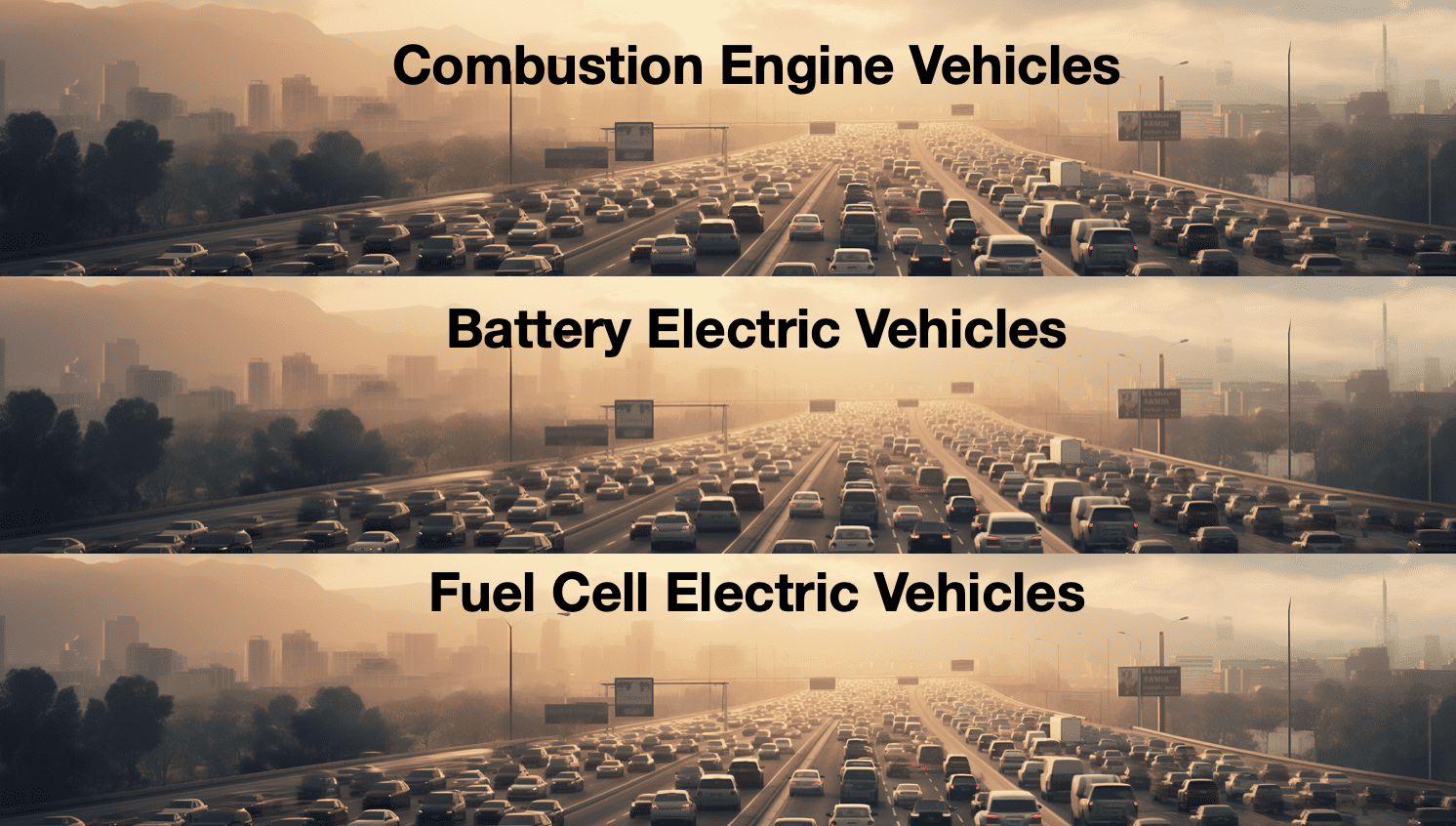
On Friday of last week, the U.S. electric car manufacturer Tesla lowered the prices for its vehicles worldwide. Days earlier, corrections had already been made in China, where sales of the previously popular electric cars had slumped. This has now stabilized again at a high level.
In Germany, certain models became up to about 17 percent cheaper, in the Netherlands over 18 percent, and in Norway even 23 percent. Such hefty corrections are not made spontaneously; there are reasons for them.
For weeks, Musk’s critics have been saying that the stockpiles of unsold vehicles are growing. Although the company was able to close 2022 with a whopping plus, it was still below average. Worldwide, more than 61 percent more electric vehicles (BEVs) were sold, but Tesla only grew by 40 percent.
Putting it into perspective
In fact, you have to put the price corrections into perspective. Tesla’s vehicles have been cheaper in the past – especially in 2020 and 2021. In 2022, the company made a hefty price correction to meet market demands. It was not possible to produce as many Model 3s as the market would have liked. The model was quickly made more expensive to make the Model Y, whose production was booming in Grünheide, Shanghai, and Texas, more attractive.
The traditional OEMs were also influenced by this. They also increased the price of their electric vehicles, in some cases dramatically. The reason: Battery, raw material, and supply prices also rose, not to mention the chip crisis.
The year 2022 also marked the peak of government subsidies. The price increases were not felt quite as sharply by consumers; after all, the environmental bonuses amounted to more than €9,000 in Germany, depending on the model. In Norway, even expensive electric vehicles remained inexpensive because the 25 percent value-added tax did not apply.
Since January 2023, everything has changed. After the boom month of December, sales plummeted, especially in Norway. Sales in Germany are also likely to have plummeted.

Tesla’s dynamic pricing policy
Tesla is already pursuing a dynamic pricing policy. There have been frequent reductions and price increases in the past – in addition to sometimes severe modifications to the vehicles. These included, among other things, abandoning radar and ultrasound.
These price reductions have caught the classic OEMs out cold, but especially the German manufacturers. AUDI, BMW, Mercedes-Benz and VW, who all have models in the same price segment. Due to the Tesla price correction, they have suddenly fallen far behind in terms of the price-performance ratio. In other words, they have become too expensive. VW had just reintroduced the popular small car eUP! into its portfolio – for a whopping €30,000 before subsidies.
An advantage for China
It is doubtful whether the German OEMs will react quickly. The production costs of electric vehicles are already so high that downward price adjustments are hardly possible. Tesla, on the other hand, has been generating margins per vehicle quarter after quarter for some time now which VW and company can only dream of. The traditional manufacturers have so far compensated for this with combustion engine sales to capture and secure market share in electromobility.
There is an even greater threat from another direction: Manufacturing costs of electric vehicles in China are also incredibly low. But the European offensive of the Chinese manufacturers BYD, NIO, XPeng and Co. has only just begun. This is now likely to accelerate in an altered, more price-conscious market.
The market dictates
Incidentally, this has already begun in the Middle Kingdom. After Tesla lowered its prices there, BYD, Huawei, and Xpeng followed suit. In the case of Xpeng, the price reduction was the equivalent of up to US$5,300.
And one thing is certain. For the average consumer, who is supposed to push electromobility forward in the future, the price-performance ratio will always be more important than for early adopters. With the exception of Stellantis and Renault/Dacia, the European OEMs are in a very poor position in this regard.
Will electric cars become cheaper after Tesla’s price correction? That is probably a foregone conclusion. Because the market dictates – and subsidies are now ending everywhere.







